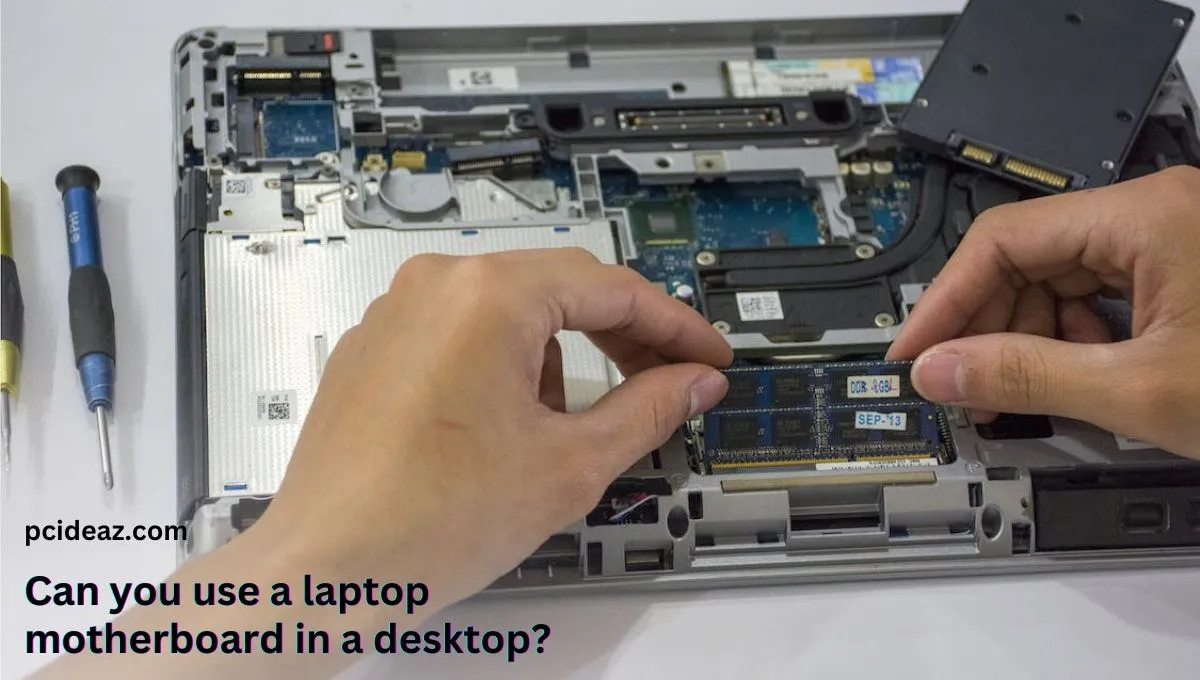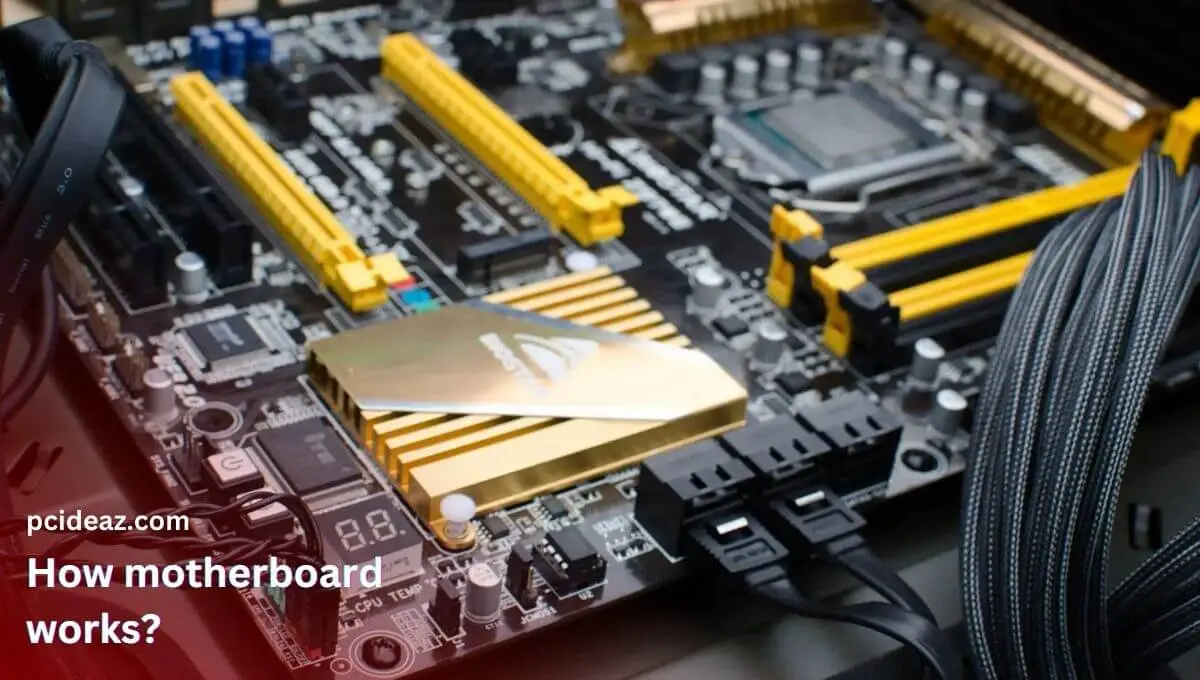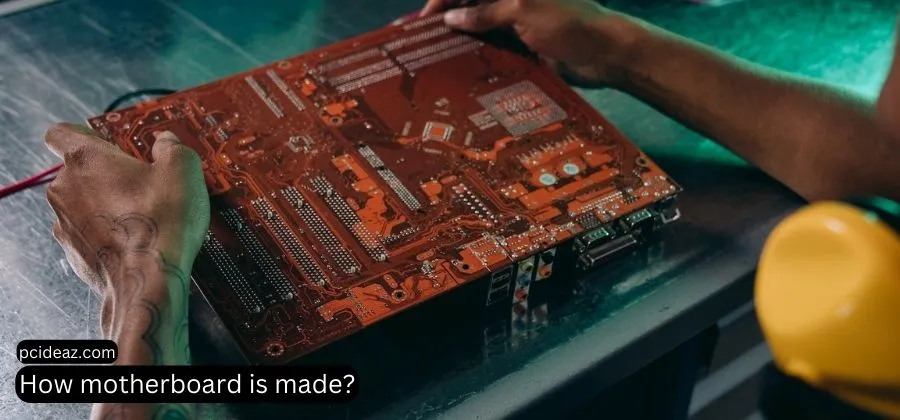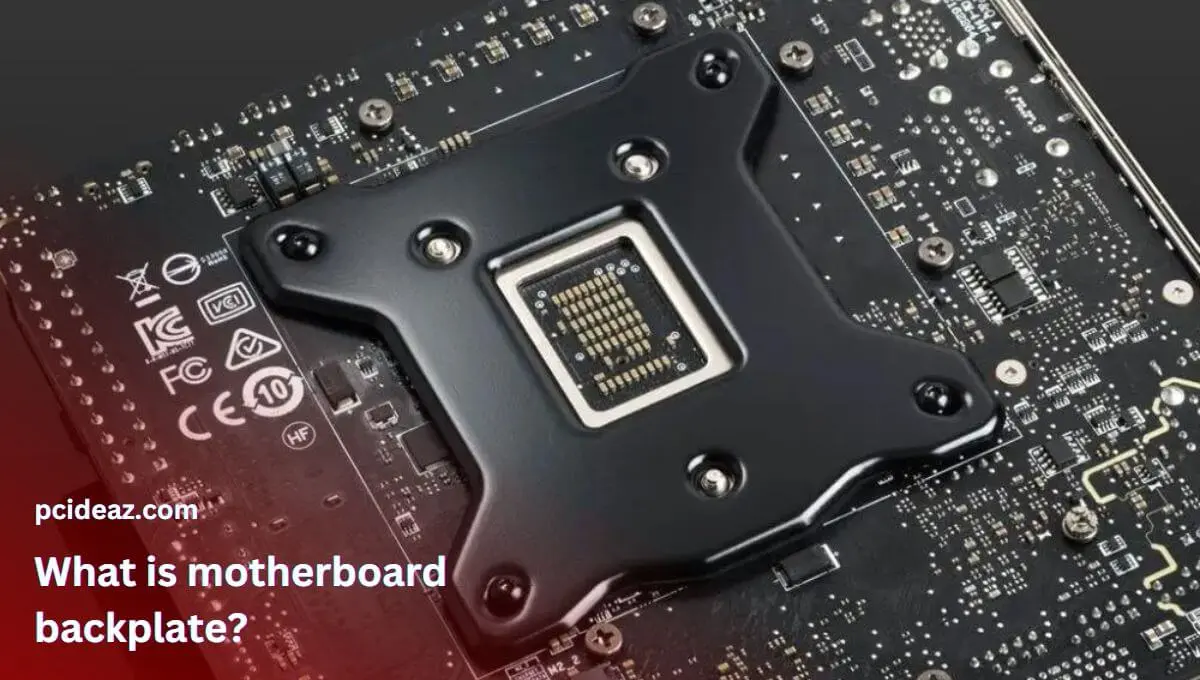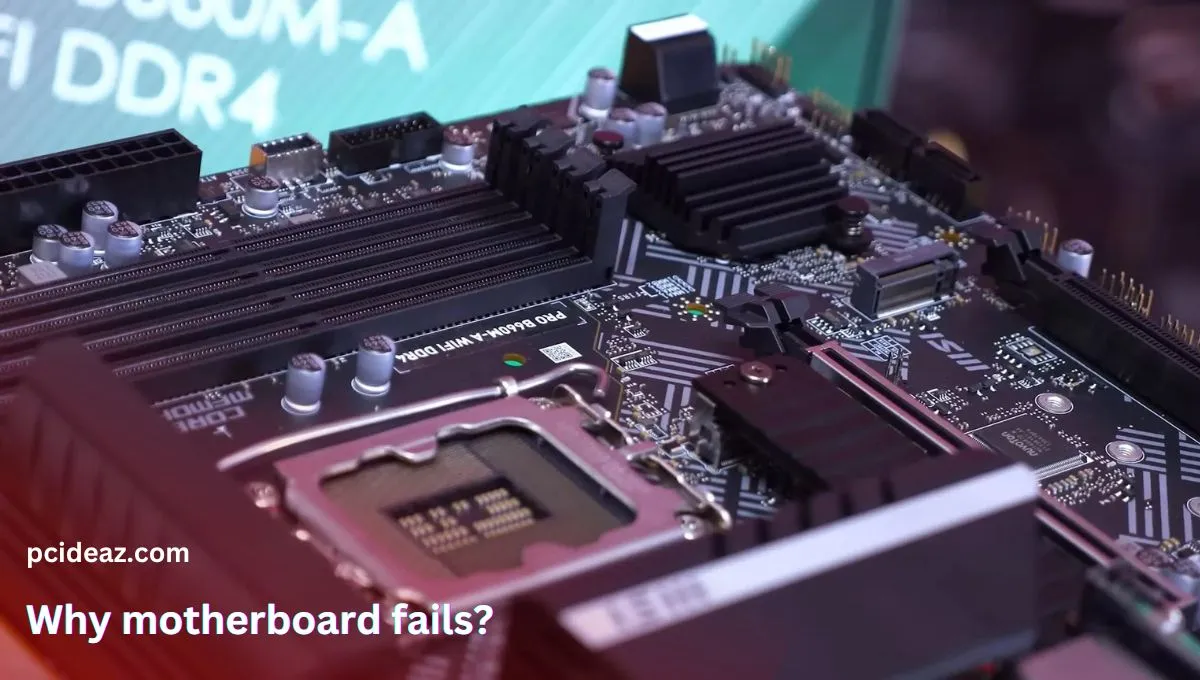No, A desktop computer cannot use a motherboard from a laptop. This is because a laptop motherboard is made to fit into the small, tiny frame of a laptop and to cooperate with its cooling system and low-power components. On the other hand, a desktop motherboard is made to fit within the bigger, comfier frame of a desktop computer.
Moreover, to operate desktop-class components, it needs greater cooling and power. It would be difficult to use a laptop motherboard in a desktop computer without major modifications to the power supply, casing, and cooling system, and it’s possible that compatibility problems would cause the machine to function.
Key Takeaways
- Laptop motherboards are designed for the small form factor and low-power components of laptops, while desktop motherboards are designed for larger components and higher power requirements of desktops.
- They have limited upgradeability and customization options, while desktop motherboards offer greater flexibility and expansion options.
- They have non-standard connectors and interfaces that are incompatible with desktop components and require specific power supplies and cooling systems.
Differences between Laptop and Desktop Motherboards
Laptop motherboard
-
Smaller size and more compact layout
-
Built-in components, such as the CPU, RAM, and graphics card
-
Limited upgradeability and customization options
-
Lower power consumption
-
Requires specific power supplies and cooling systems
-
Often uses non-standard connectors and interfaces
Desktop motherboard
-
Larger size and more spacious layout
-
Offers greater flexibility and upgradeability options
-
Separate and interchangeable components, such as the CPU, RAM, and graphics card
-
Higher power consumption
-
Uses standard power supplies and cooling systems
-
It uses standard connectors and interfaces, making replacing or upgrading components easier.
Why We Can’t Use a Laptop Motherboard In a Desktop?
The answer to, can you use a laptop motherboard in a desktop, is “No”. But what are the reasons? The following are the reasons:
Form Factor
Desktop motherboards are made to fit in full-sized ATX or Micro-ATX cases, whilst laptop motherboards are made to fit in small laptop cases. Laptop motherboards differ from desktop motherboards in terms of size and mounting locations.
Power Requirements
In contrast to laptops, which utilize a small, weaker AC adapter, desktops use a significantly more powerful power supply unit. A desktop power supply will probably overwhelm the motherboard because the components on a laptop motherboard are intended for reduced power and voltage requirements.
Connectors and Ports
Compared to desktop computers, laptops have distinct port and connection designs, making it challenging to attach desktop components to a laptop motherboard.
Expansion Options
Due to their tiny and portable form, laptops offer fewer expansion possibilities than desktops. Desktop motherboards contain more expansion slots for extra parts like storage drives and graphics cards.
Cooling
Compared to laptops, desktops frequently feature more cooling options, such as more powerful fans and heatsinks. Laptop motherboards may not be able to tolerate the heat produced by a desktop setting because of the restricted cooling solutions that come with a laptop.
